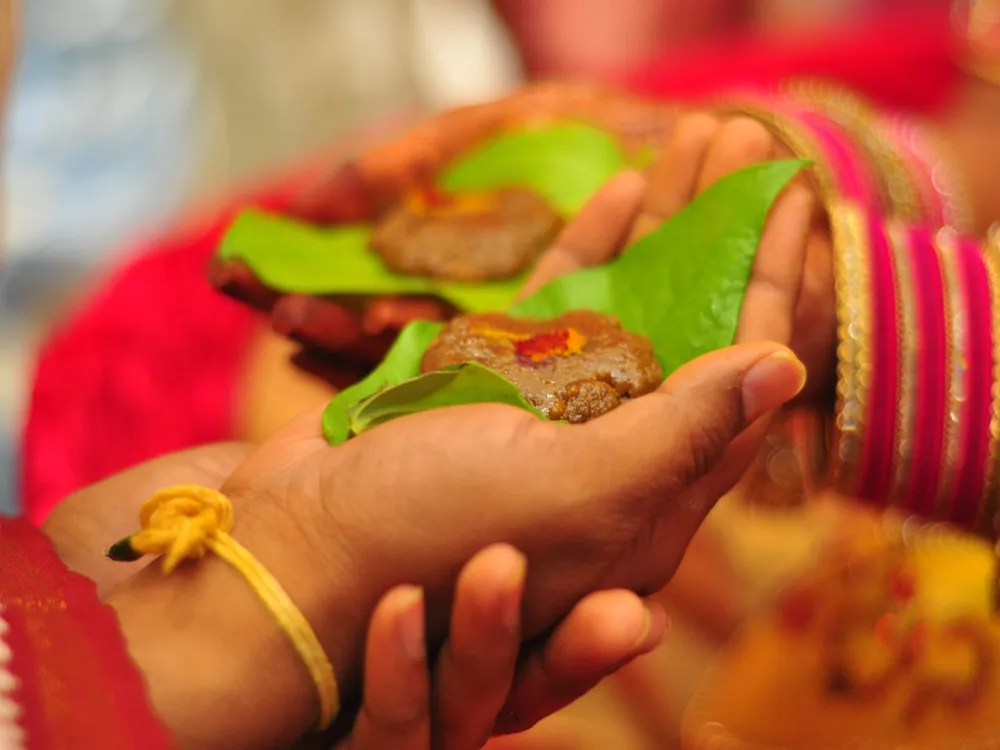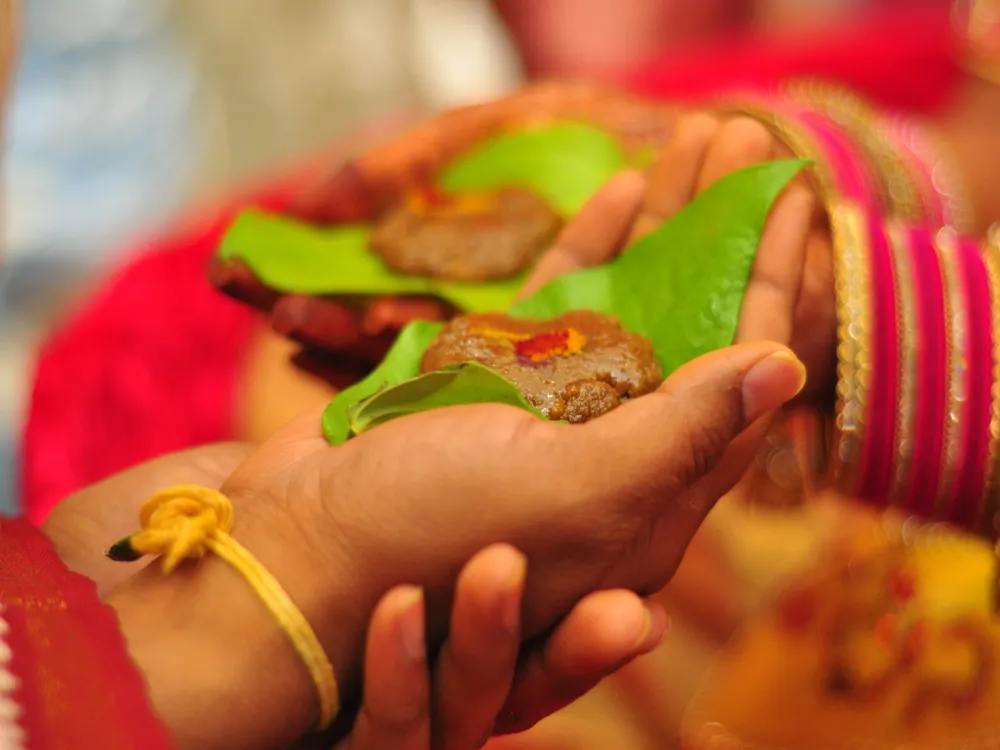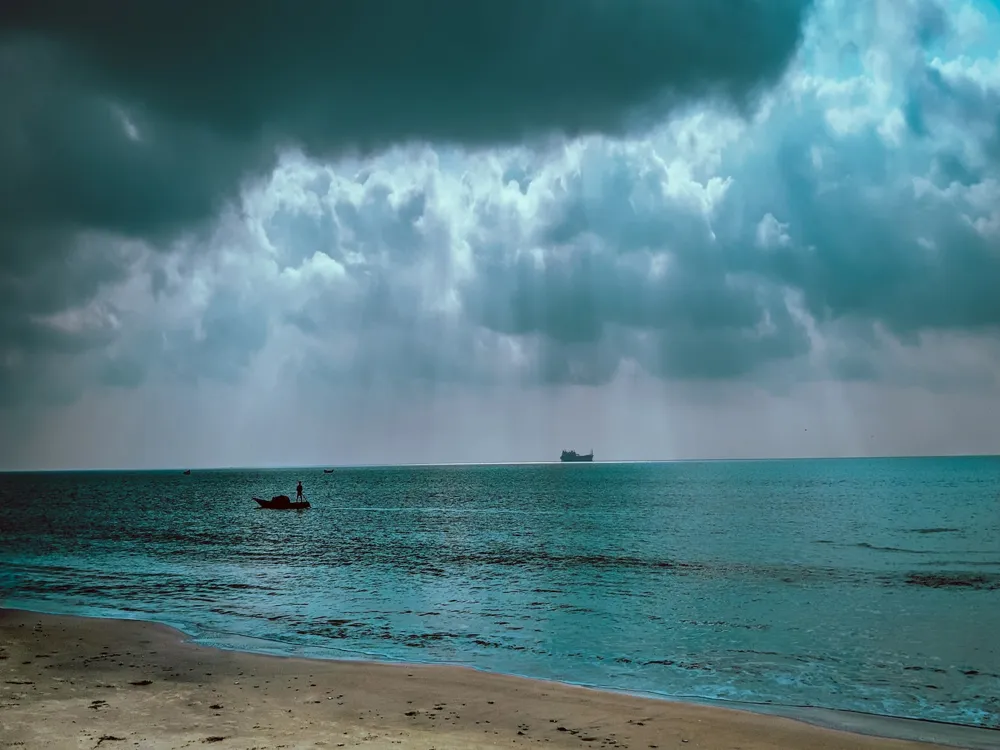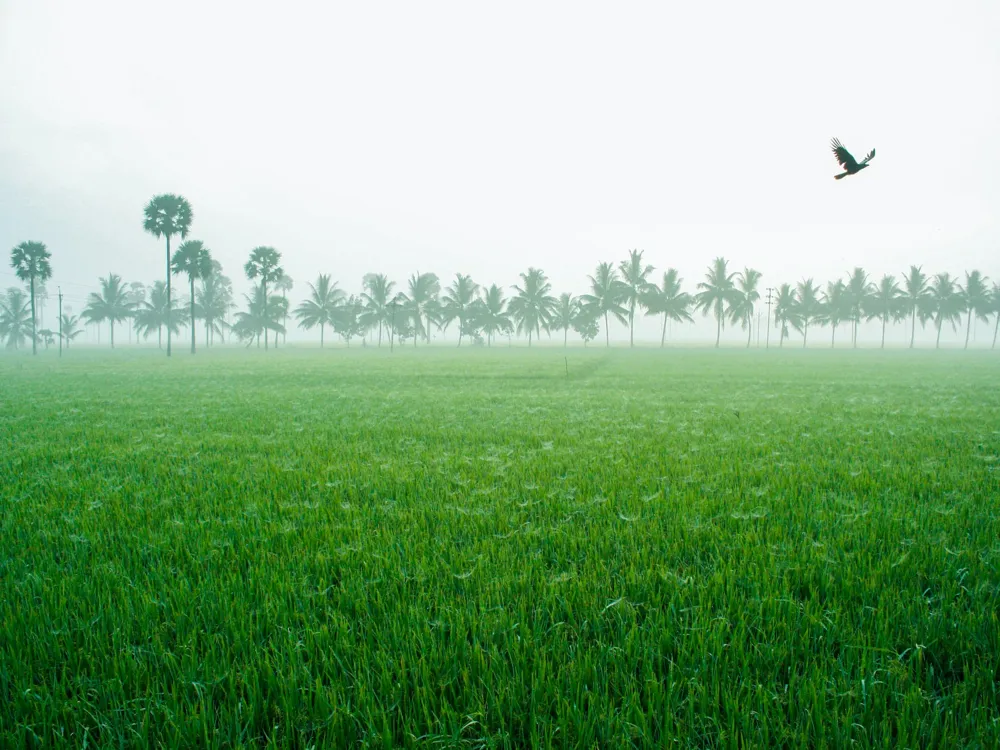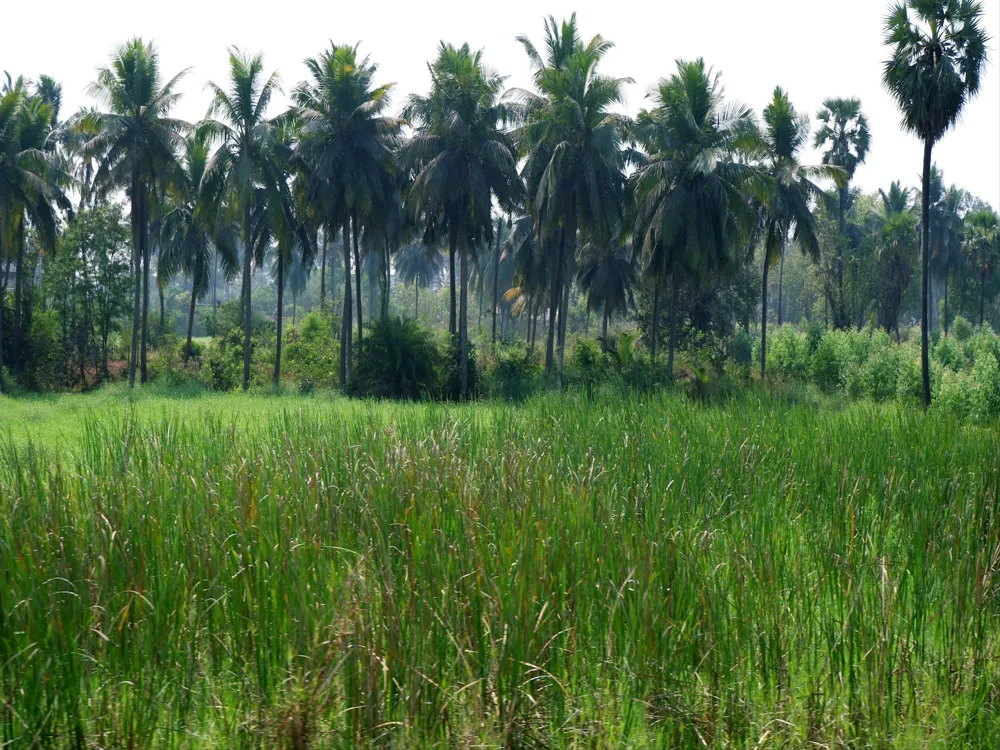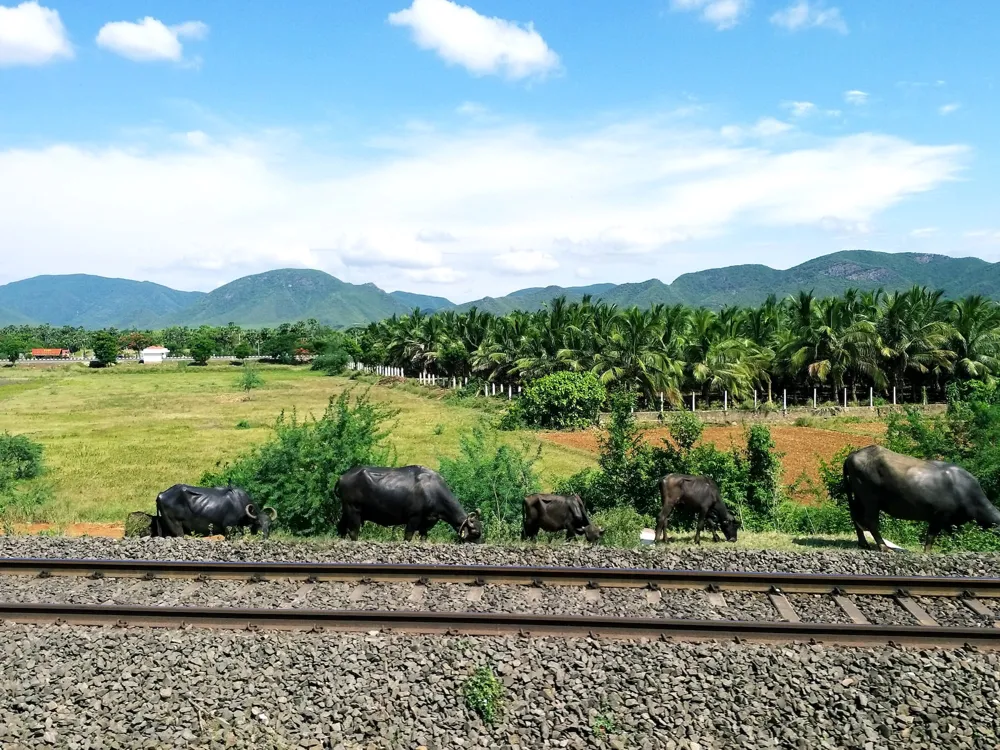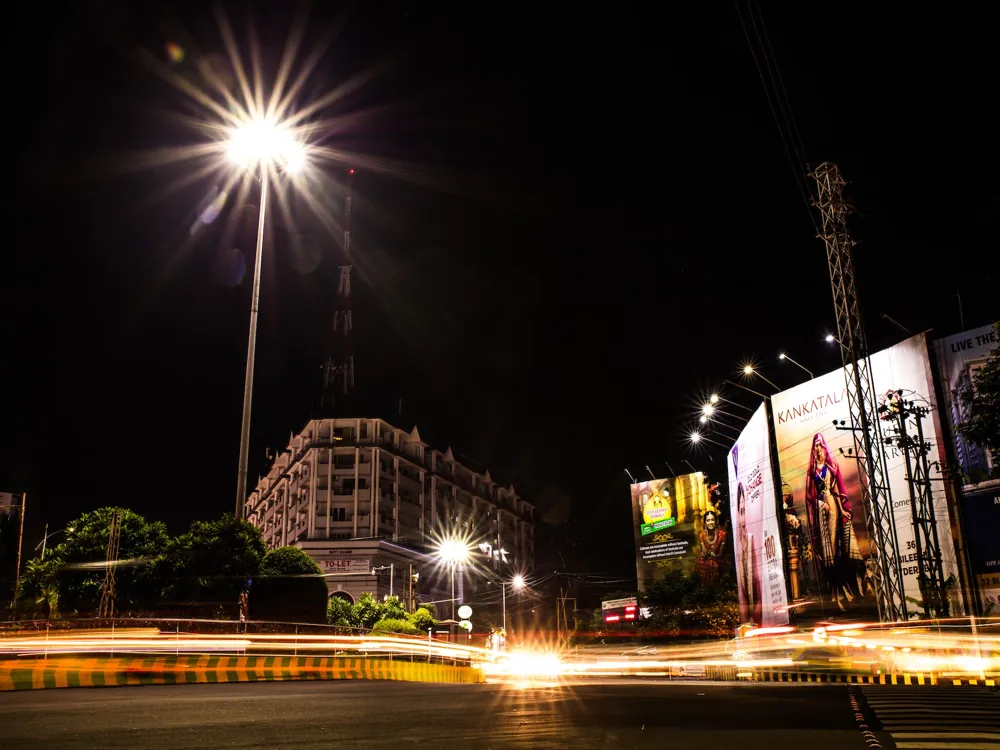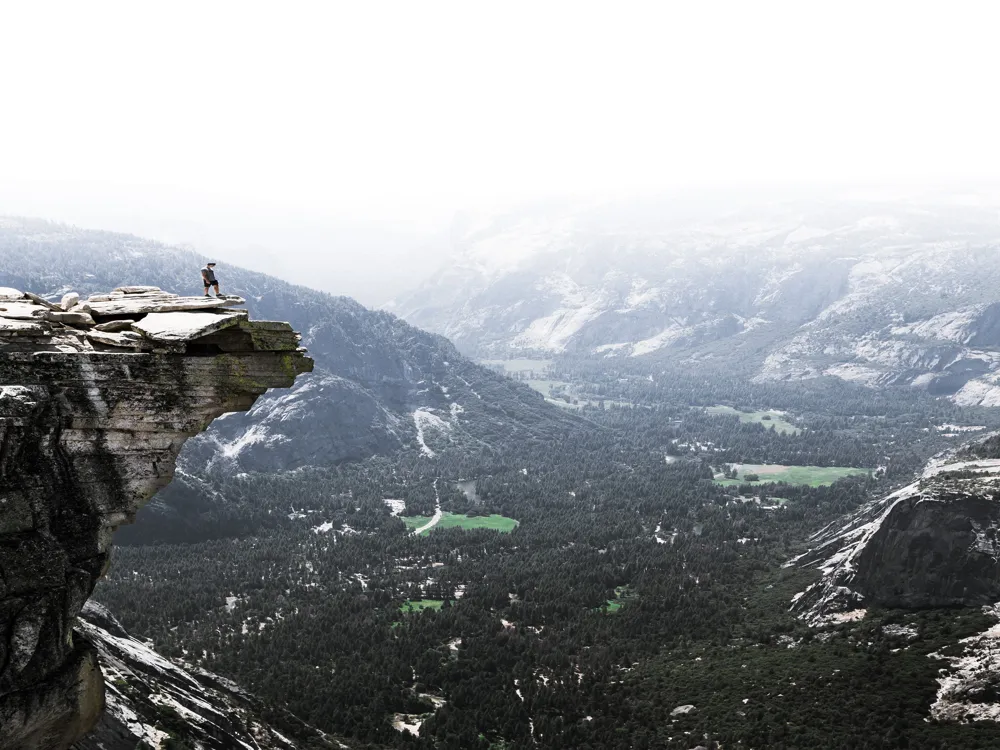Draksharamam, a quaint and serene temple town, is nestled in the East Godavari district of Andhra Pradesh, India. This hidden gem is renowned for its rich historical significance and spiritual aura. The town's centerpiece, the Draksharama Temple, also known as Bhimeswara Temple, is one of the five powerful Shiva temples, which collectively are known as the Pancharama Kshetras. The temple's history is deeply intertwined with Indian mythology, particularly with the tale of the demon Tarakasura. The temple's architecture is a stunning example of the 9th-century Chalukyan style, showcasing intricate carvings and a towering structure that speaks volumes of the ancient craftsmen's expertise. The main deity, Lord Shiva, is worshipped here in the form of a tall Shivalinga, which is believed to change its color according to the time of the day. The temple complex is also home to a sacred water tank, Sapta Godavari Kundam, which holds immense religious significance. Draksharamam is not just a spiritual retreat but also a cultural hub. The town celebrates various festivals throughout the year, with Maha Shivaratri being the most prominent, attracting devotees from across the country. The temple's architecture, coupled with its religious and cultural significance, makes Draksharamam a must-visit destination for those seeking a blend of spirituality and history. The Draksharamam Temple stands as a testament to the architectural brilliance of the medieval Chalukyan era. The temple, constructed in the 9th century, displays a style that is a harmonious blend of South Indian (Dravidian) and North Indian (Nagara) architectural elements. This synthesis is evident in the temple's layout, structure, and ornamentation. The temple complex is vast, featuring high walls and a towering gopuram (entrance tower) that welcomes pilgrims and tourists alike. The gopuram is adorned with intricate carvings and statues that depict various deities and scenes from Hindu mythology. As one steps inside, the main temple, or garbhagriha, houses the revered Shivalinga. This linga, made of black stone, is unique as it is one of the tallest in India, and it's said to emanate a mystical aura. Surrounding the main shrine are several smaller shrines and halls, each showcasing exquisite carvings, sculptures, and pillars. The mandapam (hall) leading to the sanctum is particularly noteworthy, with its rows of intricately carved pillars, each narrating a story from ancient scriptures. The temple's architecture is not just about grandeur but also about the intricate details that symbolize various aspects of life and spirituality in Hinduism. The ideal time to visit Draksharamam is from October to March when the weather is pleasant. During this time, the temple and its surroundings are at their most beautiful, offering a comfortable and serene experience. Visitors are advised to dress conservatively, respecting the temple's sacredness. Traditional Indian attire is recommended. Also, maintain decorum inside the temple premises and avoid loud conversations. Photography might be restricted inside the main temple complex. It's advisable to check with the temple authorities beforehand and respect the rules set by them. While Draksharamam is a small town, it offers basic accommodation options. For more luxurious stays, one can opt for hotels in the nearby city of Kakinada. The temple area has facilities like restrooms and eateries serving local cuisine. Draksharamam is well-connected by road and is easily accessible from various parts of Andhra Pradesh. The nearest city, Kakinada, is about 28 kilometers away. Visitors can reach Kakinada by train or bus and then take a local taxi or bus to Draksharamam. The nearest airport is in Rajahmundry, approximately 50 kilometers away, from where taxis and buses are available to reach Draksharam. Read More: Overview of Draksharamam, Kakinada, Andhra Pradesh
Architecture of Draksharamam
Tips When Visiting Draksharamam
Best Time to Visit
Dress Code and Conduct
Photography Restrictions
Accommodation and Facilities
How To Reach Draksharamam
Draksharamam
Kakinada
Andhra Pradesh
NaN onwards
View kakinada Packages
Weather :
Tags : Temple
Timings : 6:00 AM - 7:30 PM
Entry Fee : No entry fee
Planning a Trip? Ask Your Question
Kakinada Travel Packages
View All Packages For Kakinada
Top Hotel Collections for Kakinada

Private Pool

Luxury Hotels

5-Star Hotels

Pet Friendly
Top Hotels Near Kakinada
Other Top Ranking Places In Kakinada
View All Places To Visit In kakinada
View kakinada Packages
Weather :
Tags : Temple
Timings : 6:00 AM - 7:30 PM
Entry Fee : No entry fee
Planning a Trip? Ask Your Question
Kakinada Travel Packages
View All Packages For Kakinada
Top Hotel Collections for Kakinada

Private Pool

Luxury Hotels

5-Star Hotels

Pet Friendly







